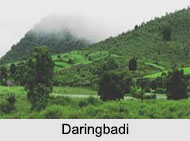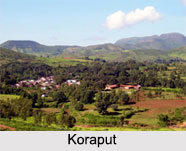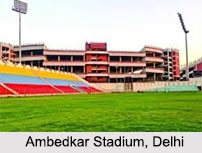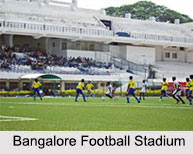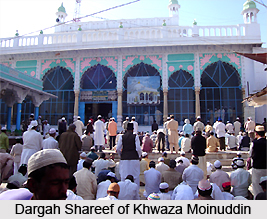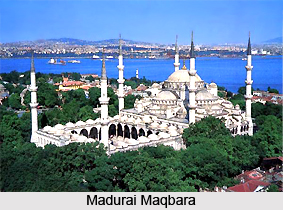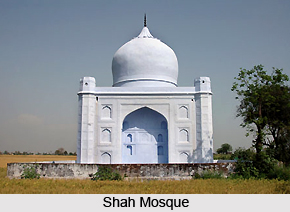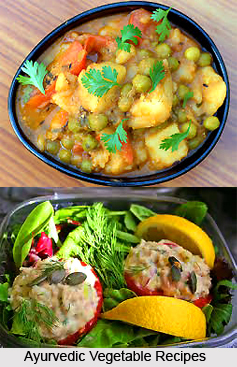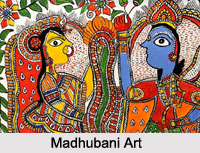 The Indian Production Houses cater to the requirements of production management and crew services for the interested filmmakers. The Indian Movie Production Houses are responsible to provide every technical requirement for Video Production, Live Action Event, Commercial, Corporate Communication, Satellite Uplink, Music Video, Concert, NTSC or PAL Edit, Lights, Cranes, Camera, Permissions, Legalities and so on.
The Indian Production Houses cater to the requirements of production management and crew services for the interested filmmakers. The Indian Movie Production Houses are responsible to provide every technical requirement for Video Production, Live Action Event, Commercial, Corporate Communication, Satellite Uplink, Music Video, Concert, NTSC or PAL Edit, Lights, Cranes, Camera, Permissions, Legalities and so on.There are several Indian Production Houses, which have their long-term roots in the Bollywood and supply with the best creative, production, and technical personnel in all of the above mentioned countries. The legal team of the production houses takes care of all the production needs starting from studio to legal permissions. The Indian Production Houses also looks after the transportation needs and accommodation. They offer all the services within the mention budget of the filmmaker. Some of the primary services offered by the Indian Production Houses are as follows -
| Producer Service | Underwater rigging | Grip Equipment | Permits and Customs |
| Production Management | Camera and DP Services above and underwater | Casting | Locations |
| Professional Crews | Marine Coordination | Catering | Art Developments & Props |
| Budgets | Wardrobe and makeup | Production Skills | |
The internationally acclaimed Indian actor Aamir Khan owns Aamir Khan Productions Pvt. Ltd. Aamir Khan Productions is a motion picture production and distribution company, based in Mumbai. Actor Aamir Khan established the company in 2001. This production has produced some of the best contemporary films that have indiscriminately earned rave reviews from all sections of the society.
 Narasimha Enterprises have come up with several great films since decades. The first film of this production house was a blockbuster hit, namely Mr. India, released in 1987. The Press Information Bureau is an essential agency of the Government of India to circulate information to the print and electronic media on government policies, programme initiatives and achievements. Guru Dutt Movies Pvt. Ltd. is also known as GDMPL in short. This organization is an Indian movie production company, started by legendary actor-director, Guru Dutt. His son 'Arun Dutt' runs guru Dutt Movies Pvt. Ltd. presently.
Narasimha Enterprises have come up with several great films since decades. The first film of this production house was a blockbuster hit, namely Mr. India, released in 1987. The Press Information Bureau is an essential agency of the Government of India to circulate information to the print and electronic media on government policies, programme initiatives and achievements. Guru Dutt Movies Pvt. Ltd. is also known as GDMPL in short. This organization is an Indian movie production company, started by legendary actor-director, Guru Dutt. His son 'Arun Dutt' runs guru Dutt Movies Pvt. Ltd. presently.For more, visit the link below:


